After years of working as an architect, I returned to Aomori Prefecture. My perspective on Aomori Prefecture’s architecture has evolved since high school. My impression of it changed as I progressed through high school and studied architecture.
I will not mention the famous architectural sites (Aomori Museum of Art, Hirosaki Brick Warehouse Museum, Aomori Bank Memorial Hall, Towada Art Museum, etc.) that are listed in Aomori guidebooks and on many websites; instead, I will write about the architecture and art that appealed to me when I first returned to the U.S. after eight years of living in the U.S.
However, I will start with the famous ones first. My favorite architecture in Aomori Prefecture is the International Art Center Aomori ACAC, designed by architect Ando Tadao. I have just opened a facility with an artist-in-residence program; this venue, ACAC, is also the most famous facility in Aomori where artists can stay and work. Located just over 10 minutes by car from Aomori Station, it is surrounded by nature at the foot of Mount Hakkoda. The approach towards the building, made by a generous use of the vast land, and the fountain around the building are gorgeous. The contrast between Mr. Ando’s rigid concrete architecture and the natural surroundings is terrific, and each of the four seasons brings an entirely different look to the place. The artists who come to the museum are diverse, and each time I visit, I see stimulating exhibits. It is a space rich in architecture, art, and environment. It is the most recommended architectural spot in Aomori Prefecture.
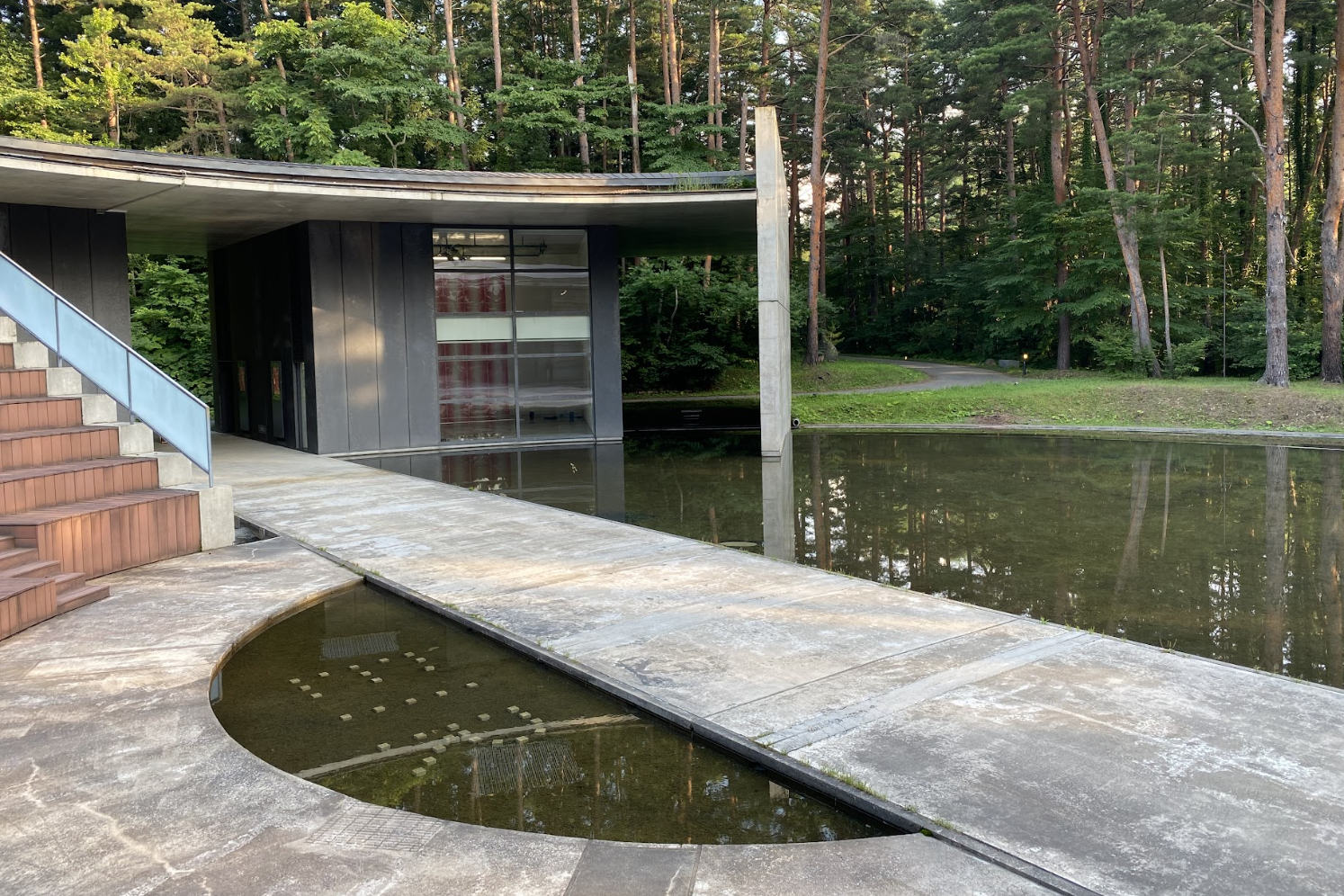
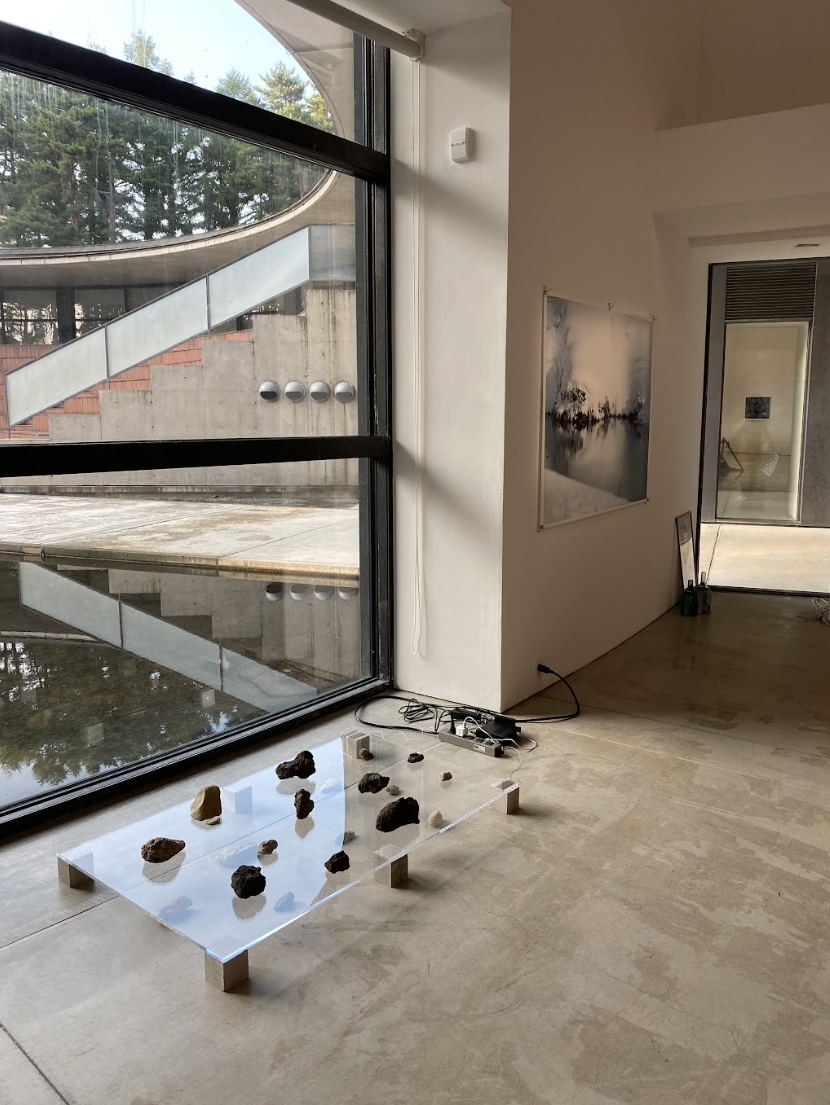
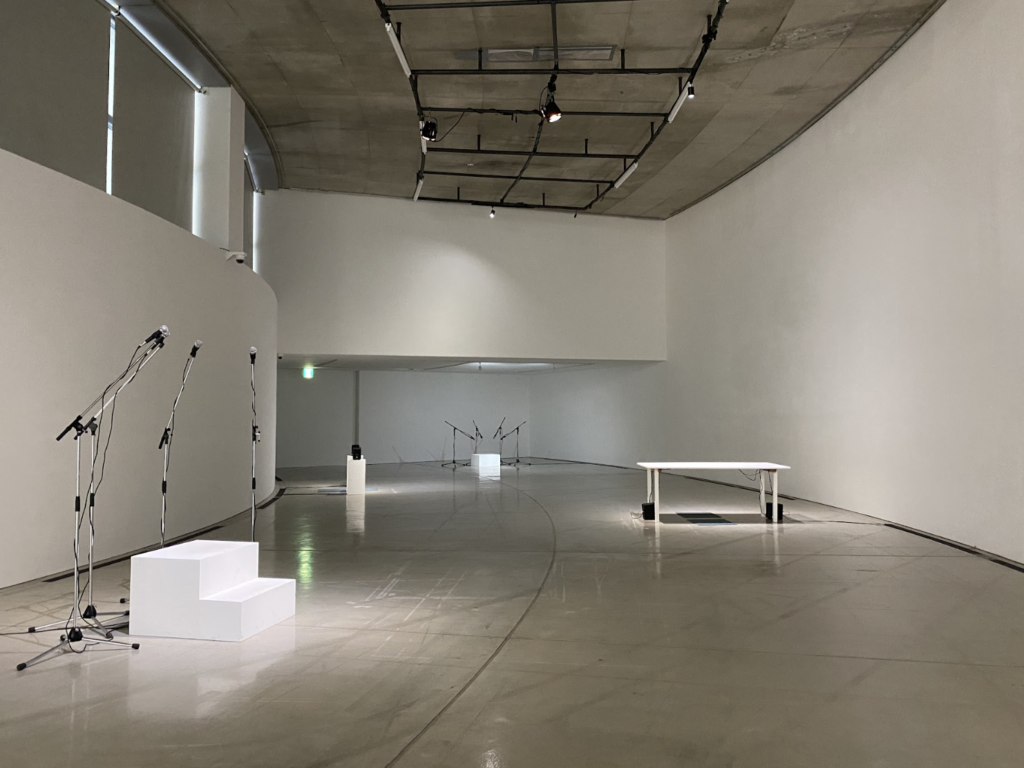
Next, I will discuss architecture in Hachinohe, my hometown. It is more about architectural styles and areas than about buildings per se. Hachinohe is unique in that it still has postmodern architecture. In central Tokyo and the Kanto region, architecture that has fallen into disuse is torn down and renewed with newer buildings. In Aomori Prefecture, however, the slow pace of renewal has turned out to be a blessing in disguise, and the mysterious architecture of the early Showa period remains.
In this regard, I would like to introduce two karaoke bars (called snack bars in Japan) that still retain such interiors. The first is “Ashibi,” a snack bar on Yurinoki-dori that has been run by a 73-year-old mama for 50 years and has a vintage feel with its curved 7-meter-long single-panel counter, decorative carpet-patterned chairs, and floor carpeting, and curved pendant lights. The second is Queen Mitsuya. The second is “Queen Mitsuya,” a former cabaret that can accommodate up to 50 people. It is impressive for its many mirrored walls and richly decorated carpets and furniture. The employees are men in their 70s and 80s. They always wear suits and have a stately appearance. The price is 3,000 yen for men for all-you-can-drink and all-you-can-sing and 2,000 yen for women. You should visit these two snack bars when you come to Hachinohe City.
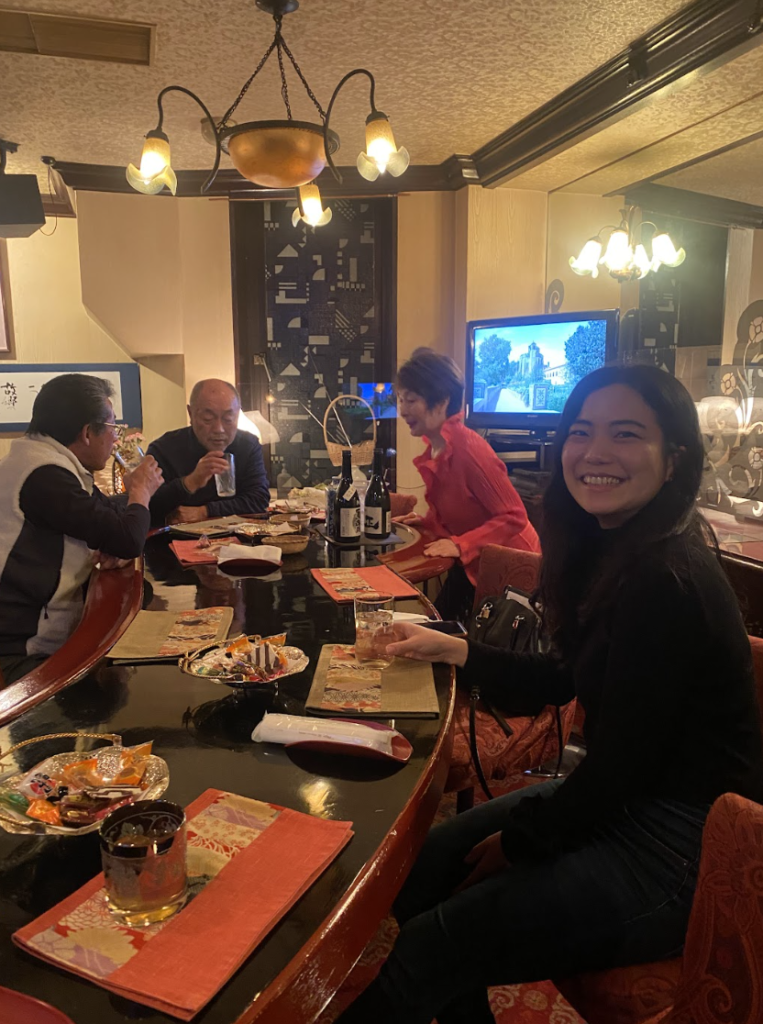
The next one is Hirosaki, a city of culture. Hirosaki is famous for its crafts in addition to architecture, and Maekawa Kunio, a master of modern architecture, built many buildings in Hirosaki. One of my favorites is the Hirosaki Civic Hall. The overall feeling is an ample spatial connection, whether the blue stained glass windows or the café space above the atrium. It was beautiful that Mr. Maekawa built such an open space in the extremely cold Hirosaki City in that era without being biased by typical Japanese architectural forms with many partitions. He gave the style he studied under Le Corbusier in France to the land of Hirosaki. Those who travel by car may also visit the Hirosaki City Museum and the Hirosaki City Saijo (funeral hall).
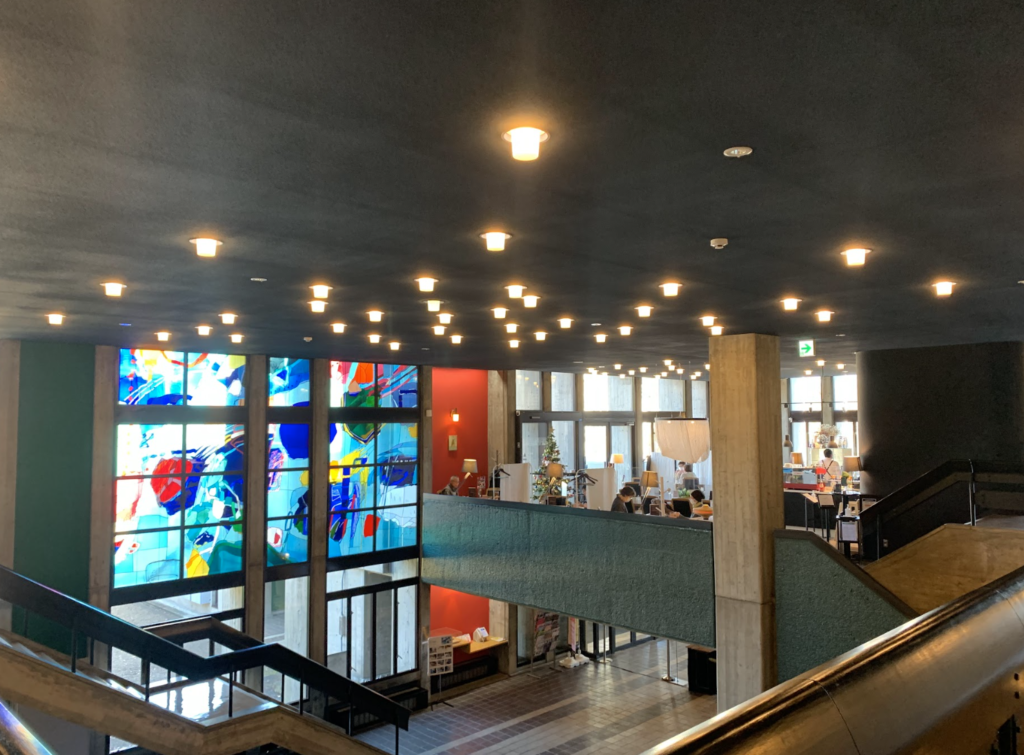
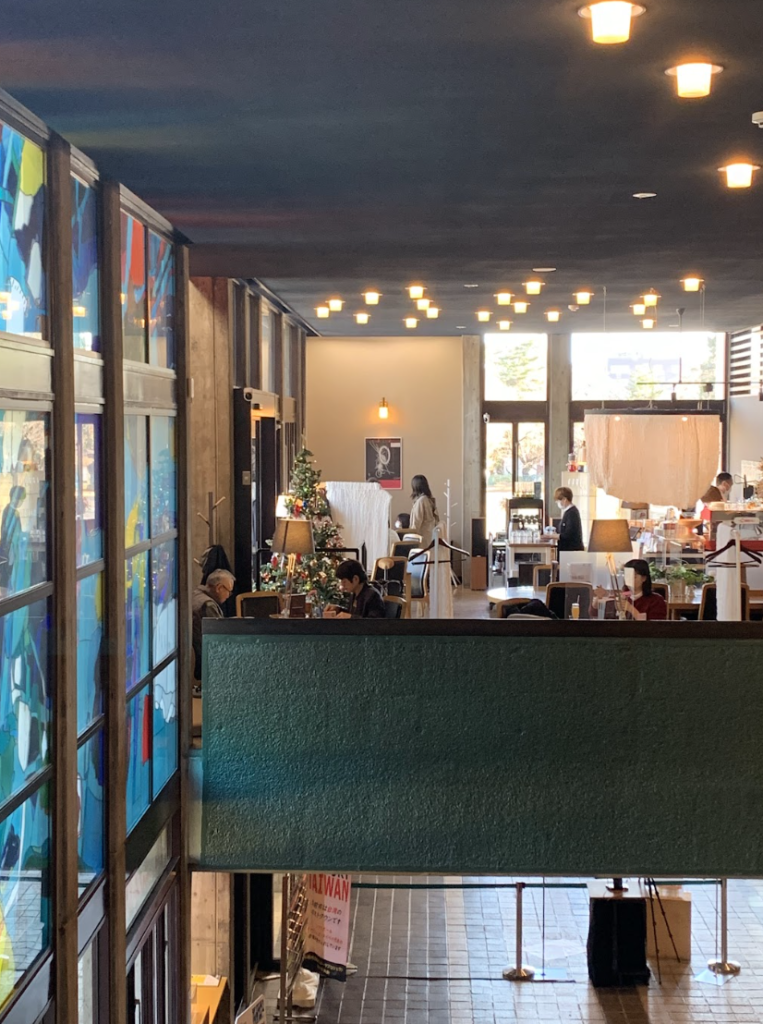
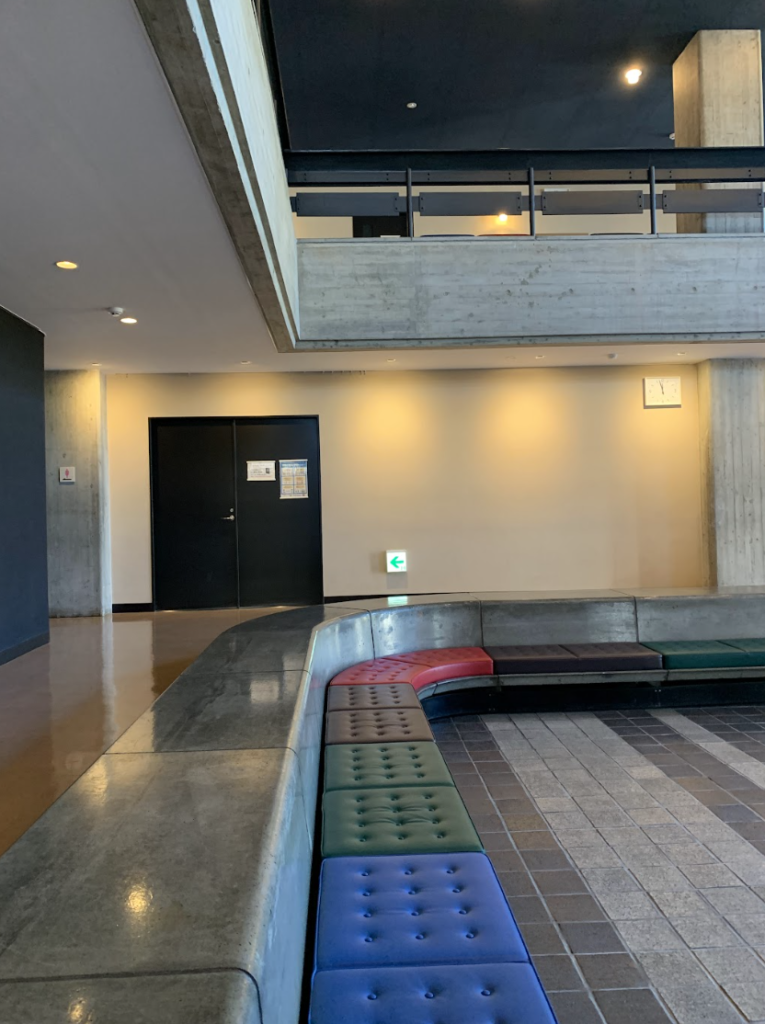
The next is not about architecture but rather the statues that architects are involved with. A famous hot spring resort in Aomori Prefecture is the Hakkouda area. Take a bus or drive from Hachinohe City toward Hakkoda, and you will pass through the Oirase Stream, famous for its gorgeous scenery. The road offers different charms from season to season, and just beyond it is Lake Towada. Here, I introduce the “Maiden Statue” at Lake Towada, where, in 1946, the prefectural assembly advanced the idea of erecting a monument made of natural stone. Taniguchi Yoshiro, one of Japan’s leading architects, was involved in the design, and Takamura Kotaro was in charge of the sculpture. Uncompromising, Takamura said after a tour of Lake Towada, “I don’t do Greek, and I don’t do abstract. I don’t do abstracts, either. I am a man in Meiji (era), so I want to create things as a man of Meiji.” Takamura later fell ill; this sculpture is his last work on earth.
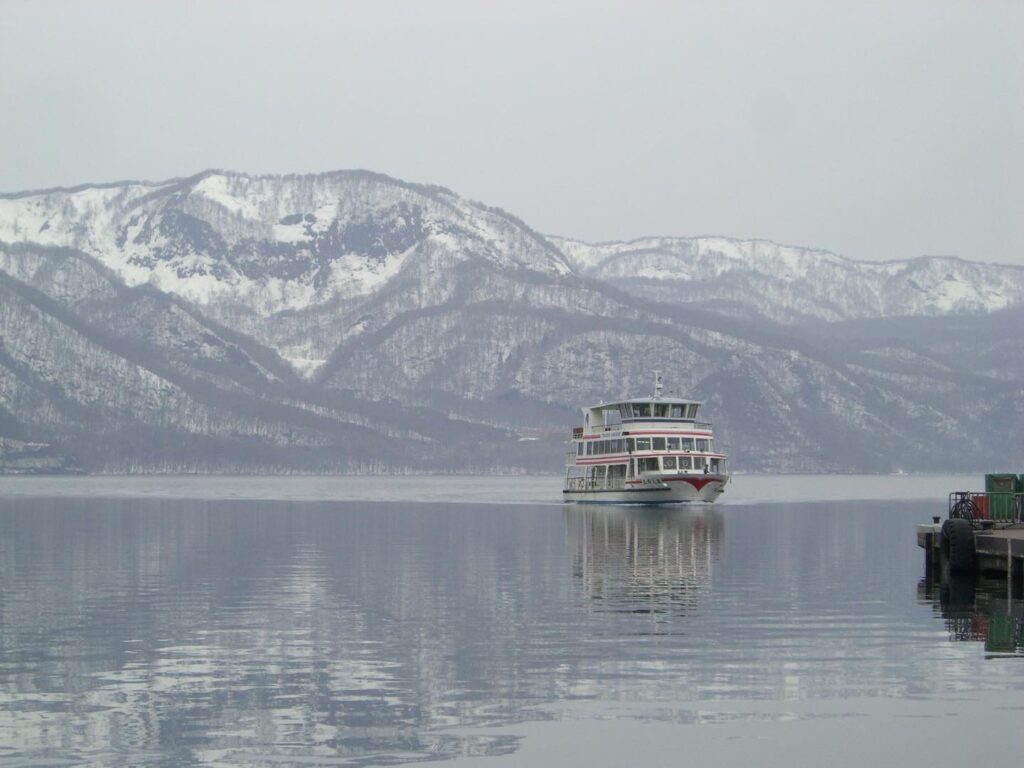
Because of its enormous land area and beautiful nature, Aomori Prefecture has many architectural structures designed to be more spacious and relaxing than those in urban centers. Experiencing architecture and artworks from a different perspective during your trip can be truly fascinating.
Written by Takasago Mikiko
Architect and artist from Hachinohe City, Aomori Prefecture, Virtual therapy tomb designer.
Studio Mikix opens in 2021; art gallery Neo Ippei opens in 2024.
Graduated from Tokyo University of the Arts, Department of Architecture. Completed graduate studies at the Southern California Institute of Architecture. Trained under architect Andrew Zago in Los Angeles; design supervisor for Chicago Architecture Exhibition 2017; worked in NY and San Francisco before returning to Japan; part-time lecturer at Miyagi University from 2024.

